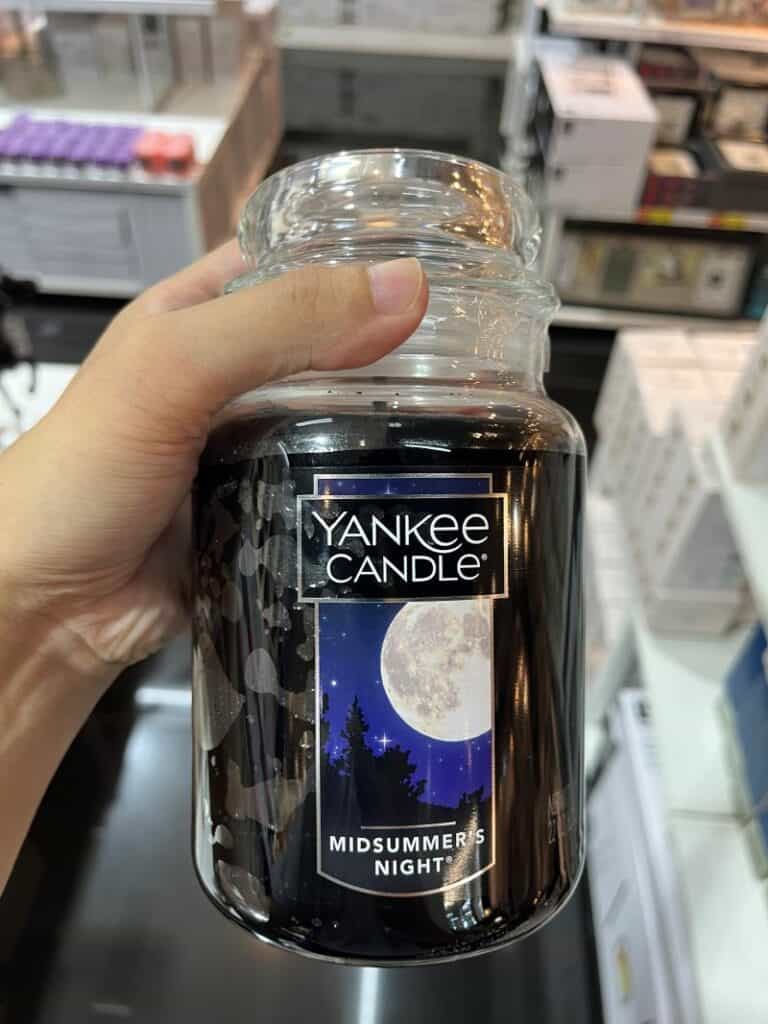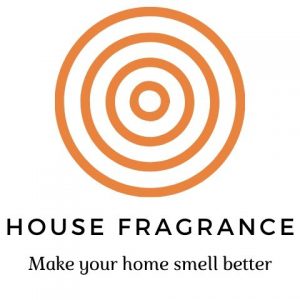As conversations around the safety of burning candles become more and more common, popular fragrance brands have come into question. This includes the long-time forerunner of the scented candle trade–Yankee Candle. So, how does the beloved candle brand fare in terms of its toxicity?
Are Yankee Candles toxic? Although Yankee Candles are made with ingredients such as synthetic dyes, fragrances, and paraffin wax, they do not produce enough chemicals when burned to be considered toxic or a threat to human health.
In this article, we’ll walk you through more about the nature of Yankee Candles and any other things you may need to be wary of. Keep reading to find out whether or not Yankee Candles are a good fit for you and your home.

Are Yankee Candles Safe to Burn?
Contrary to what many have been led to believe, humans actually have an incredible sense of smell. We’re no bloodhounds, but we aren’t as low on the smell-chain as we have been taught. Because of this common belief, people tend to think that if there is a strong smell, then it must be a high concentration of that thing.
In the case of candles, there is the belief that the stronger the scent, the more chemicals are being released into the air. This is far from the case.
As more evidence has come out regarding the chemicals a large amount of candles contain, such as benzene or phthalates, it’s easy to assume that those candles are then unsafe to burn.
In reality, burning a scented candle in your home releases far less into the air than a scent might suggest. Just because we can smell it, doesn’t mean that the room is now full of toxins and chemicals.
Even after hours of usage, evidence suggests that burning a candle does not release nearly enough of those chemicals to pose any threat to human health.
What’s Inside a Yankee Candle?
So, you’ve made it to the Yankee Candle store in your local mall and you’ve finally found that candle that smells oh-so-wonderful. You’re ready to take it home and burn it right away. I mean, they’re not toxic to burn, right?
While they may not be a source of toxins in your home, it’s important to be mindful about what you burn, as there may be other things inside a candle that could pose different problems.
Let’s talk about what exactly is inside of a Yankee Candle, so you can determine whether it’s a great fit to be burning in your home.
The four main ingredients in a Yankee Candle are:
- Wax
- Wick
- Fragrance
- Dyes
Wax
While there are plenty of different wax options out there on the market, Yankee Candles are made out of three kinds of wax: soy wax, paraffin wax, and premium soy wax blend. The majority of Yankee Candles do contain paraffin wax.
Paraffin wax is derivative of petroleum, coal, or shale oil, and is known to contain chemicals such as benzene and toluene. In high concentrations, these chemicals are understood to be carcinogenic.
There has been no evidence that burning a candle can produce enough of these chemicals to cause cancer in humans.
Wick
Historically, cotton wicks were often produced with an inner core comprised of lead. This has been outlawed in the U.S. and Europe since 2003. As Yankee Candles’ “100% cotton wick” candles are manufactured in the U.S. and Europe, you won’t have to worry about any lead in your wick.
Fragrance
The fragrances Yankee Candles uses are primarily essential oil and fragrance extracts.
While essential oils are natural and plant-based, some individuals may have a sensitivity to certain oils or allergies. If this is the case, be mindful of what you burn. Unfortunately, Yankee Candle isn’t the most transparent about what essential oils are in what, so use discretion when burning.
As for “fragrance extracts”, there are over 4,000 chemical compositions that are legally allowed to be listed under “fragrance” in the U.S. Once again, unless you have a sensitivity or allergy in the home, there is not enough chemical emission when burning a candle to pose a threat to human health.
And the final ingredient:
Dyes
Most of the dyes used to color Yankee Candles those gorgeous, scent-matching hues, are synthetic. While the makeup of Yankee Candles’ dyes is currently unknown, some synthetic dyes contain a chemical called aniline.
In high concentrations, this chemical has affected both human and animal health negatively, and it is regarded by the EPA as a probable carcinogen.
However, Yankee Candle is part of the National Candle Association, which has pledged to use dyes and fragrances that do not emit toxic chemicals. That being said, aniline is probably one you don’t have to worry about.

Are Yankee Candles Safe for Pets?
Similar to the situation of humans, there is no evidence to suggest that burning Yankees Candles poses any threat to pets.
That does not mean that animals aren’t sensitive to certain chemicals and odors. Oftentimes, our furry friends do have a stronger sense of smell than us humans, so burning certain candles can aggravate the sinuses of pets more so.
Be especially wary of certain scents when burning around an animal. Citrus scents have been known to be uncomfortable for dogs, and there are certain essential oils that are considered toxic around cats.
If you have a furry friend in the home and you are looking to purchase a candle of any kind, make sure to consult a list of pet-friendly oils and the ingredients list on the candle before buying.
Read more: Are Candles Safe for Pets
Are Yankee Candles Safe for Everyone?
Although most humans and pets are in the clear for Yankee Candle, it is not recommended that fragranced products be burned around newborns and young babies.
The lungs of a newborn are still forming even after birth, and airborne irritants can affect the mucus membranes in their sinuses and their lungs.
It’s considered alright to have candles burning around the home, but it is not a great idea to burn them in your child’s sleeping area.
It is also a good idea to avoid burning scented candles, especially those with a paraffin wax base, around pregnant individuals. Studies show that pregnant individuals had more headaches and sensitivity to smells of scented candles than they did pre-pregnancy.
While burning a candle likely will not affect a child in the womb, it may not be super fun for the mom.
Are There Safer Candle Alternatives?
If Yankee Candle makes you nervous, or if you’d prefer a candle that emits less pollution than a Yankee candle might, a better choice might be a soy wax-based candle.
While it doesn’t last nearly as long as a paraffin wax candle, soy wax is a plant-based alternative with a much cleaner burn, less soot, and a much stronger scent.
If scented candles still make you uneasy, wooden reed diffusers, such as this one here on amazon, are a burn-free alternative that will still make your home smell fantastic.
Related Questions
Are Yankee Candles Eco-Friendly? While Yankee Candles are poured into glass containers that can be recycled and sometimes use plant-based fragrances, paraffin wax is not a sustainable wax base. Being made from crude-oil derivatives, paraffin wax is a non-renewable source and cannot be recycled.
Are Plug-In Air Fresheners Toxic? Plug-in air fresheners often contain chemicals in higher concentrations than that of most scented candles, the main ones being phthalates and formaldehyde, both of which are human carcinogens that can result in health issues after prolonged use of an air freshener.
Are Wood Wicks Better than Cotton Wicks? Wood wick candles are not necessarily better for your health than traditional cotton wicks, but they are considered to be more environmentally friendly. They also tend to be more expensive and take longer to light, but when lit, they work as well as cotton wicks.
